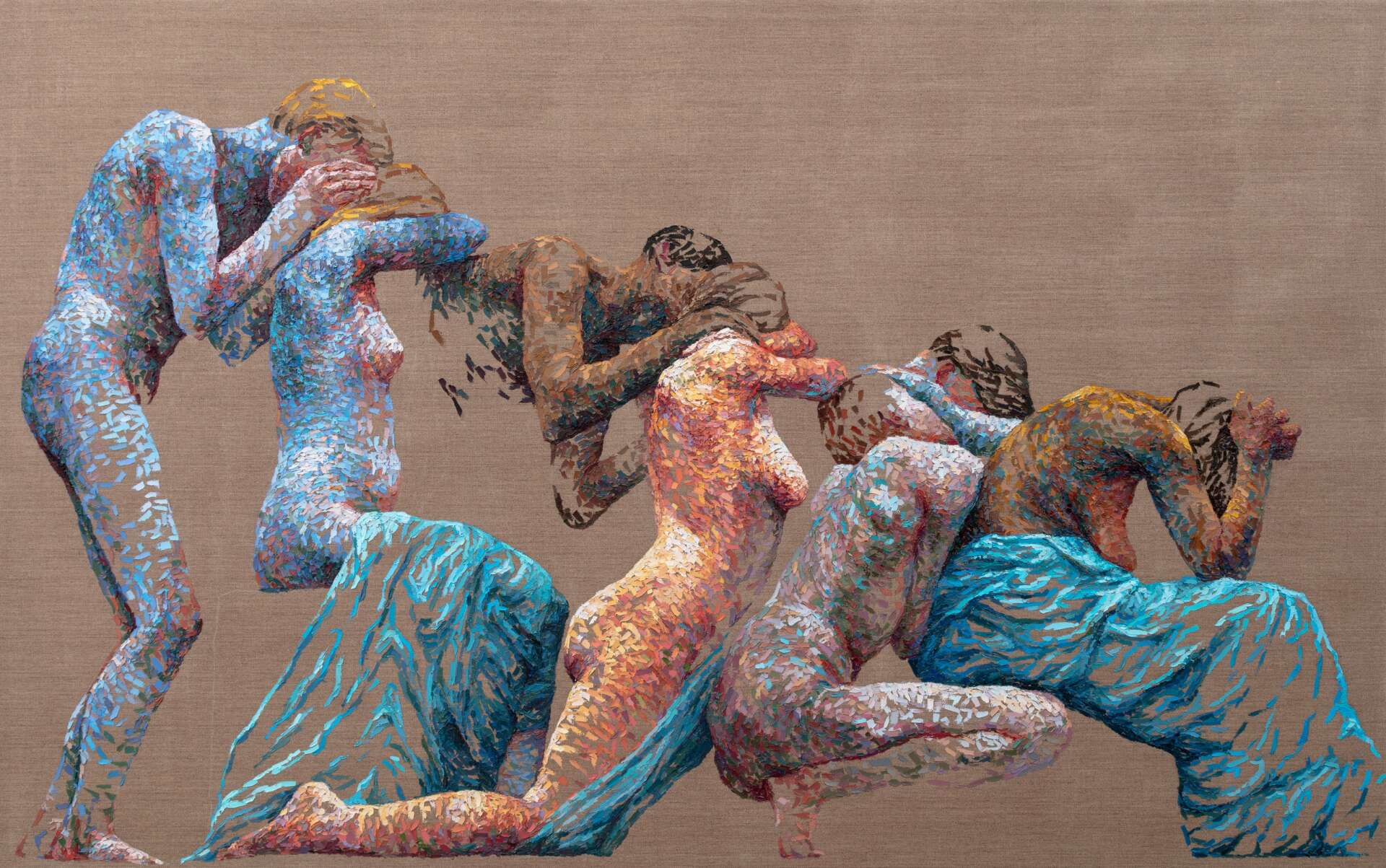We were lucky to catch up with Kiley Ames recently and have shared our conversation below.
Alright, Kiley thanks for taking the time to share your stories and insights with us today. Are you able to earn a full-time living from your creative work? If so, can you walk us through your journey and how you made it happen?
There have been a couple of times throughout my career that I’ve been able to make a full time living from my creative work, but not the majority of the time. When I’ve been able to, it has been through a residency where I was able to sell a lot of work following the residency, I’ve sold work through exhibits, or received a grant. The first 8-10 years and the majority of the time, I’ve had secondary income. I was made aware early on of different ways to achieve more financial stability through grants, residencies and exhibits…it just took some time to get them.


Awesome – so before we get into the rest of our questions, can you briefly introduce yourself to our readers.
I have always valued curiosity and followed my belief that being curious, and asking questions, will lead me into unknown and interesting paths. I graduated from UCLA as a history major, went into studying Italian at UC Berkeley and art history in Florence, Italy. While I was in the process of going back to school in art history, I was encouraged to take a figurative oil painting class. This ultimately led me to getting another BA in Illustration from Art Center College of Design and then a Master’s Degree in Fine Art from the New York Academy of Art. While in New York I had the opportunity to work as a freelancer for Annie Leibovitz Studio on and off for 10 years. After focusing on figurative painting for 12 years, I began to add in other disciplines such as sculpting, photography and printmaking. While most of my work is centered around the figure, abstract and landscapes make an appearance every once in a while.
The most defining aspect of my painting and what sets me apart from other painters is my technique and use of color. The majority of the time, I work only with a palette knife applying small thick flecks of color to a rough surface such as burlap or very thick linen. I am very proud of creating a technique that is unique and reflects the complex interconnectedness that we all share.
I’m also very proud that I took the risk of going in another direction than I initially set out for. On the hand, it’s hard to know I was on an academic career path that had more stability, but on the other, I feel incredibly lucky that I found something I’m so passionate about that I was willing to take the risk.



Have you ever had to pivot?
One time I had to pivot in life that related to my art was when I was recovering from being sick and was unable to go to my studio to paint. I was someone who painted almost every day so when that wasn’t possible, I had to find a different and less taxing way to create. I bought air dry clay so I could work out of my tiny apartment in Brooklyn and started making very small figurative sculptures. Eventually those turned into my first bronze sculptures and have been one of the most significant additions to my creative process. I learned that pivoting, whether by choice or not, can lead to an unexpected and rewarding places.



What’s the most rewarding aspect of being a creative in your experience?
There are many rewarding aspects of being an artist. One that is most important to me is being able to create works of art that no one has ever seen or experienced before which causes them to think and experience something new for the first time. It’s a way to communicate without talking, have people see things in a different context, be receptive to ideas or engage in conversations they might not have if it was in a verbal context.
Contact Info:
- Website: www.kileyames.com
- Instagram: @kileyames
Image Credits
Marten Elder


